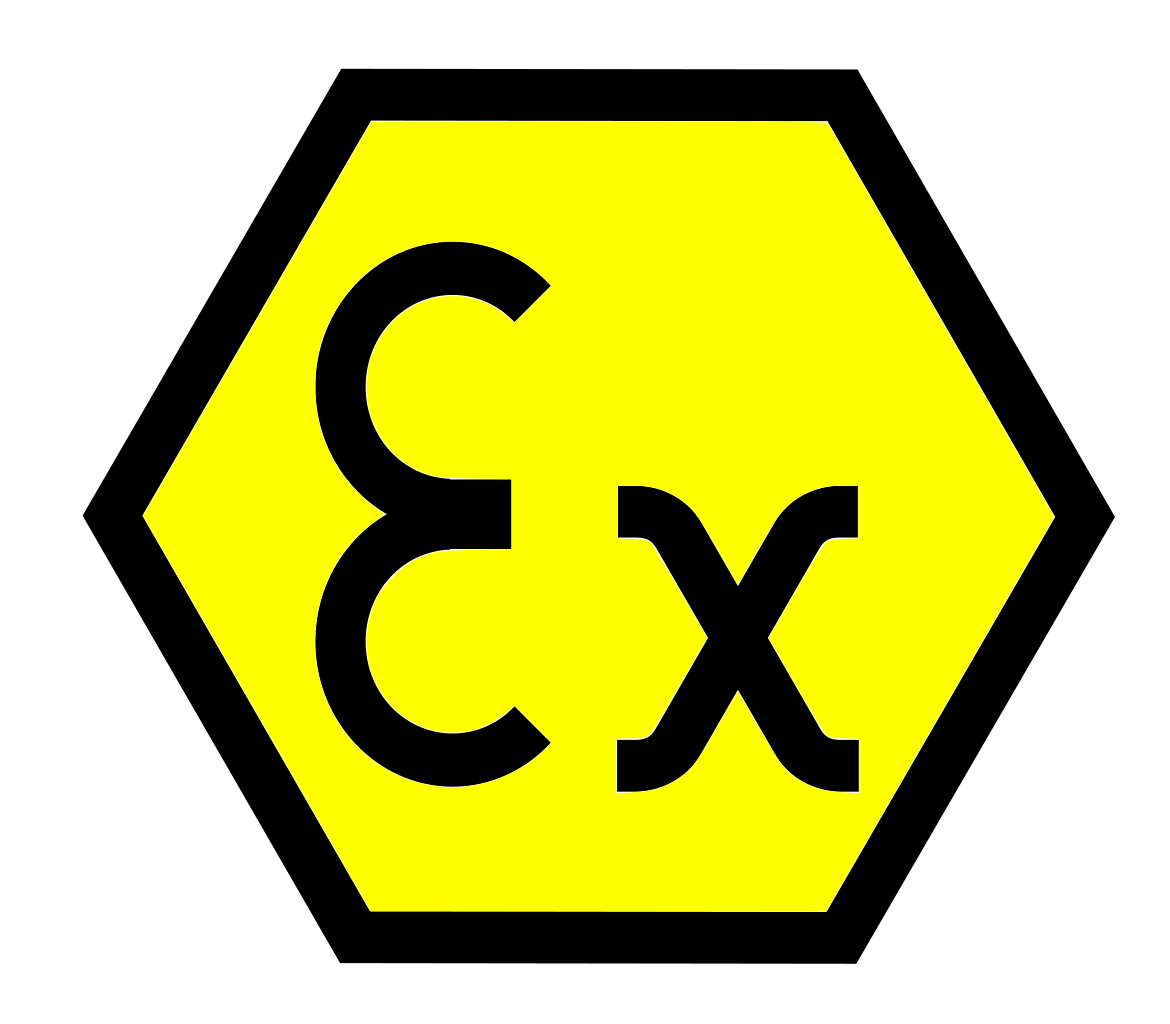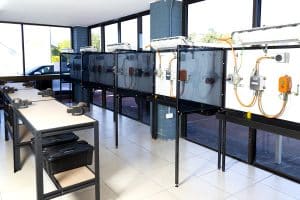The smart Trick of Roar Solutions That Nobody is Talking About
The smart Trick of Roar Solutions That Nobody is Talking About
Blog Article
Not known Facts About Roar Solutions
Table of ContentsExamine This Report on Roar Solutions6 Easy Facts About Roar Solutions ExplainedWhat Does Roar Solutions Mean?
In such an ambience a fire or explosion is possible when three fundamental problems are fulfilled. This is commonly described as the "hazardous area" or "burning" triangular. In order to protect setups from a possible explosion a technique of evaluating and classifying a possibly harmful area is required. The purpose of this is to ensure the correct selection and installment of devices to eventually avoid an explosion and to make certain safety and security of life.
(https://sandbox.zenodo.org/records/174151)
No equipment must be mounted where the surface temperature level of the tools is better than the ignition temperature level of the offered hazard. Below are some typical dirt hazardous and their minimum ignition temperature. Coal Dust 380C 225C Polythene 420C (thaws) Methyl Cellulose 420C 320C Starch 460C 435C Flour 490C 340C Sugar 490C 460C Grain Dirt 510C 300C Phenolic Material 530C > 450C Aluminium 590C > 450C PVC 700C > 450C Residue 810C 570C The likelihood of the hazard existing in a concentration high enough to trigger an ignition will certainly differ from location to location.
Unsafe location electric equipment maybe made for usage in greater ambient temperature levels. Area Repair By Authorised Personnel: Challenging screening might not be required nevertheless particular procedures may require to be adhered to in order for the tools to keep its 3rd event ranking. Each item of tools with a dangerous rating ought to be examined individually.
Facts About Roar Solutions Revealed
The tools register is a thorough database of tools records that consists of a minimum set of areas to identify each thing's place, technical criteria, Ex lover category, age, and ecological information. This information is crucial for monitoring and managing the tools efficiently within unsafe areas. On the other hand, for periodic or RBI sampling inspections, the grade will certainly be a combination of Detailed and Close assessments. The ratio of Thorough to Close examinations will be identified by the Equipment Threat, which is analyzed based upon ignition danger (the chance of a source of ignition versus the likelihood of a flammable environment )and the hazardous area category
( Zone 0, 1, or 2). This variation will additionally influence the resourcing demands for job prep work. Once Great deals are specified, you can develop sampling plans based upon the example dimension of each Lot, which refers to the number of arbitrary tools things to be examined. To establish the required sample dimension, two aspects require to be reviewed: the dimension of the Lot and the classification of inspection, which indicates the level of initiative that ought to be applied( decreased, regular, or enhanced )to the assessment of the Whole lot. By combining the category of evaluation with the Great deal dimension, you can after that develop the suitable rejection criteria for a sample, indicating the allowed variety of damaged products located within that sample. For even more information on this procedure, please refer to the Energy Institute Guidelines. The IEC 60079 basic advises that the maximum period in between assessments ought to not exceed 3 years. EEHA assessments will additionally be conducted beyond RBI campaigns as part of set up upkeep and devices overhauls or repair services. These assessments can be attributed towards the RBI sample dimensions within the affected Lots. EEHA assessments are carried out to identify faults in electrical equipment. A weighted racking up system is crucial, as a single item of tools may have numerous mistakes, each with varying levels of ignition risk. If the consolidated rating of both inspections is less than twice the mistake score, the Lot is regarded acceptable. If the Whole lot is still considered undesirable, it needs to undergo a complete assessment or justification, which might set off more stringent inspection methods. Accepted Great deal: The reasons for any type of mistakes are determined. If an usual failure mode is located, additional devices may need evaluation and repair. Mistakes are classified by severity( Security, Integrity, Housekeeping ), ensuring that immediate concerns are analyzed and resolved promptly to reduce any type of impact on security or procedures. The EEHA data source must track and tape the lifecycle of faults along with the corrective activities taken. Executing a durable Risk-Based Inspection( RBI more information )method is important for ensuring compliance and security in handling Electric Devices in Hazardous Locations( EEHA) (electrical refresher course). Automated Fault Rating and Lifecycle Management: Effortlessly manage faults and track their lifecycle to boost examination precision. The intro of this support for risk-based evaluation additionally reinforces Inspectivity's position as a best-in-class service for regulative conformity, in addition to for any type of asset-centric evaluation usage instance. If you have an interest in finding out more, we invite you to ask for a demo and uncover exactly how our option can transform your EEHA management procedures.
More About Roar Solutions

In regards to eruptive risk, an unsafe location is an environment in which an eruptive environment is existing (or might be expected to be existing) in amounts that need unique preventative measures for the building and construction, setup and use devices. eeha certificate. In this post we discover the obstacles dealt with in the workplace, the danger control steps, and the needed proficiencies to function safely
It is a repercussion of modern-day life that we produce, store or deal with a series of gases or liquids that are deemed flammable, and a variety of dirts that are deemed combustible. These substances can, in particular conditions, develop explosive environments and these can have significant and unfortunate consequences. A lot of us are familiar with the fire triangular get rid of any type of among the 3 components and the fire can not happen, yet what does this mean in the context of hazardous locations? When damaging this down right into its easiest terms it is basically: a mix of a particular quantity of release or leak of a certain substance or product, blending with ambient oxygen, and the presence of a resource of ignition.
In a lot of instances, we can do little about the degrees of oxygen airborne, yet we can have considerable influence on sources of ignition, for instance electric devices. Dangerous areas are documented on the dangerous area classification drawing and are determined on-site by the triangular "EX LOVER" indication. Right here, among various other crucial information, areas are split right into 3 types relying on the threat, the likelihood and period that an eruptive atmosphere will certainly exist; Area 0 or 20 is regarded one of the most hazardous and Zone 2 or 22 is considered the least.
Report this page